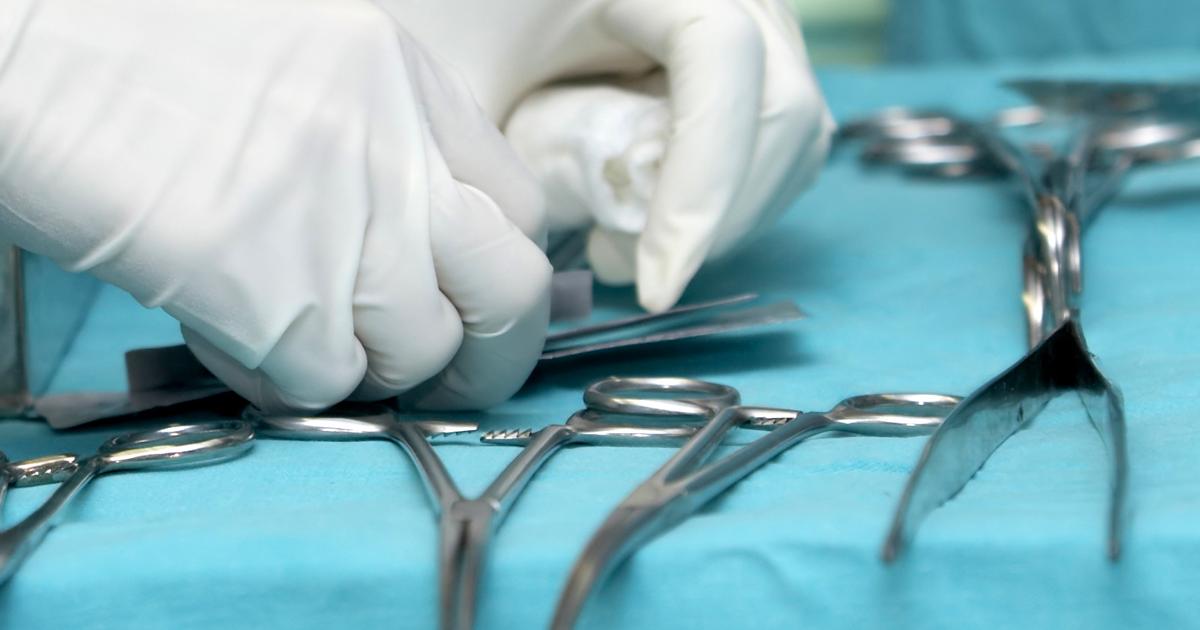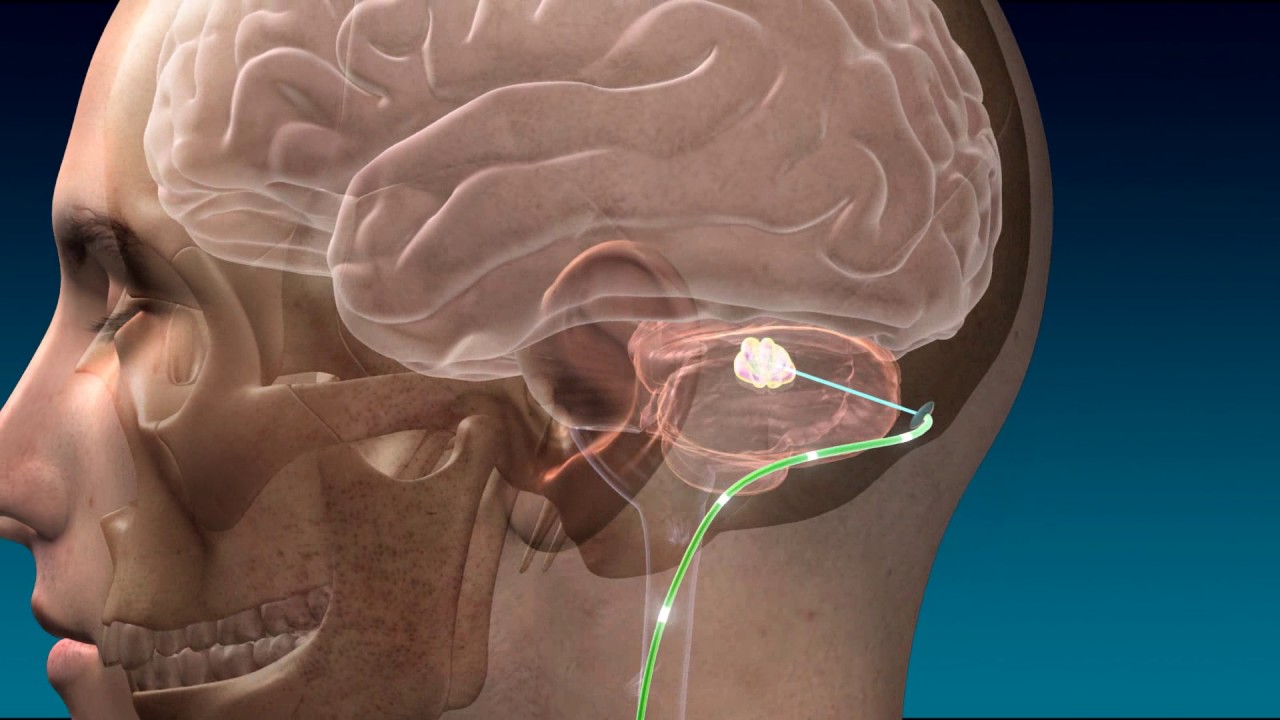Treatment Options For Cervical Dystonia
Cervical dystonia occurs when the muscles in the neck go through an involuntary contraction, which causes the head to turn or twist to one side. The condition can also cause an individual's head to tilt backward or forward uncontrollably. Though the disorder is rare, it can occur in any person of any age. It is most likely to appear in middle-aged individuals, and women are more likely to develop the condition than men. The symptoms begin on a gradual basis and eventually progress to a peak in which they don't get worse. Once the symptoms reach their highest level, they tend to continue at that point. Cervical dystonia doesn't have a cure.
Sometimes, the disorder resolves without needing treatment, but it's uncommon for a patient to experience sustained remission. Get the details on the major treatments available for cervical dystonia now.
Oral Medication

Oral medication may be an option for some individuals, depending on the symptoms and exact circumstances surrounding the case. When oral medication is used, it's often utilized alongside injected medication. Many of the therapies are based on the symptoms. The goal is to relieve both pain and spasms and to return as much function to the muscles as possible. If an individual has cervical dystonia, they'll have to talk to a doctor about the treatment options that are right for them. The United States Food and Drug Administration (FDA) hasn't officially approved any medications for use with cervical dystonia, but some are used off-label to help with symptoms. Clonazepam is a benzodiazepine that is sometimes prescribed to help mitigate spasms. However, it should be prescribed temporarily while other management techniques are developed, as long-term use can lead to dependency. Baclofen is another medication used to reduce muscle spasticity and pain. Some doctors will prescribe anticholinergic agents like trihexyphenidyl and benztropine or dopaminergic agents like levodopa as well.
Uncover more information on treatments for cervical dystonia now.
Certain Injections

The FDA has approved injections of botulinum toxin for cases of focal dystonia, which is dystonia that affects the head and neck. This neurotoxin is injected into the muscles affected by dystonia. It is extremely diluted, since undiluted doses are among the most toxic substances known to man. The medication prevents the nerves from sending contracture messages to the muscles, which in turn causes the muscle to become paralyzed and weak. It takes around two to three days for the effect to begin, and it reaches its peak about four weeks after the injection. Patients might experience relief from anywhere from two to six months before requiring another injection. Four different brands of botulinum toxin have received FDA approval for treating cervical dystonia. Each brand has a slightly different effect, so doctors should be well-versed in the effects of each before deciding which brand is right for their patient.
Continue reading to reveal more ways to treat cervical dystonia now.
Heat Therapy

Some patients can benefit from heat therapy including heating packs and massage. These therapies are typically used in conjunction with injections or other forms of symptom relief. Because of the severity of symptoms, it's unlikely that cervical dystonia can be managed with the use of at-home remedies alone. Home remedies may be effective at reducing pain temporarily. The goal of heat therapy is to improve the body's blood flow and circulation surrounding a particular point. By raising the temperature, patients might be able to increase the flexibility of their affected muscle and soothe some of the discomfort. In some cases, heat therapy can be effective at healing damaged tissue, and even slight temperature increases to the affected area can make a difference. Heat therapy treatments are typically used in cases where a patient is experiencing ongoing muscle stiffness or pain. Conversely, cold therapy and ice treatments are typically used in cases where there's an acute injury. Heat helps relax the blood vessels and allow more blood flow, while cold therapy restricts the blood vessels and reduces sensation.
Get more details on how to treat cervical dystonia now.
Cut The Nerves

For some individuals, injections and oral medications won't help. They may show some results, but they might not help enough. If patients are still experiencing serious pain, discomfort, and dysfunction despite these treatments, their doctor might investigate the possibility of surgical procedures, such as cutting the nerves. During this operation, a surgeon will sever the nerves that tell the affected muscles to contract. This may have a similar effect to botulinum toxin injections, but it tends to be much more permanent. The procedure is commonly referred to as selective peripheral denervation. The exact elements involved in the procedure will vary depending on the muscles affected, but when the procedure is possible, there have been reports indicating its effective. However, it might not be possible for a surgeon to access the nerves involved in the muscle spasms. In addition, some surgeons may be hesitant to perform the procedure because of the high chance of side effects. Rehabilitation is necessary following the surgery, and in most cases, long rehab periods are common.
Discover additional options for treating cervical dystonia now.
Deep Brain Stimulation

Deep brain stimulation is the other form of surgery that might be recommended for patients with cervical dystonia. It's sometimes used for patients who no longer respond to the botulinum toxin injections with an ideal level of effectiveness. In addition, it might be recommended when it's hard to treat the form of cervical dystonia with injections. One of the most common types of cervical dystonia treated with deep brain stimulation is anterocollis. During this kind of treatment, electrodes are inserted into the brain on both sides of the globus pallidus. The surgeon will connect each electrode to stimulators that send tiny electric pulses into the brain. Researchers haven't yet discovered what the exact mechanism of action is in deep brain stimulation. However, there seems to be a type of 'reset' that occurs, which causes the dystonic movements and muscle spasms to improve. Once the electrodes are placed, the stimulators receive programming for optimal outcomes.